Arriving on consoles long after the final game was released on PC in 2015, Harebrained Schemes’ Shadowrun Trilogy remains the perfect RPG for gamers with no time for RPGs (ported by Codeglue and published by Paradox Interactive). They’re compact and streamlined but still filled with enough mechanical depth to ensure your chosen character class and skillset are rewarded with unique interactions and combat strategies. The Shadowrun Trilogy offers up 2013’s Shadowrun Returns, 2014’s Shadowrun: Dragonfall – Director’s Cut (originally an expansion for the first game), and 2016’s Shadowrun Hong Kong – Extended Edition (the original released in 2015 plus a mini-expansion). They’re all standalone stories and the gameplay foundations remain consistent, but both the writing quality and encounter complexity improve over time, so it’s best to tackle them in chronological order.
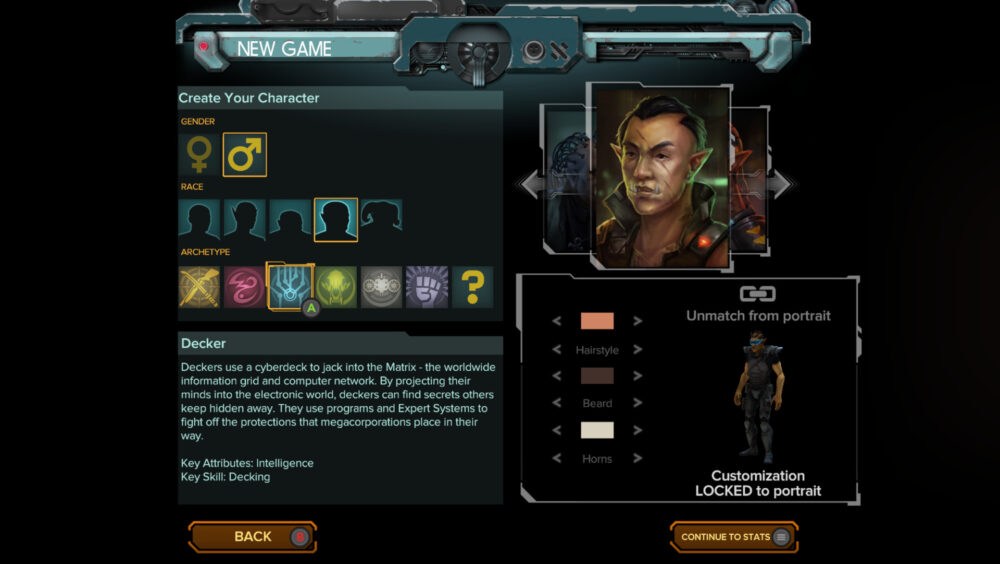
3.5-games-in-1
Shadowrun Returns is the weakest game in the trilogy – and a reminder of the differences between Kickstarter ambitions and the final product – but it’s still the best place to start. It’s short and linear, but also mechanically dense and somewhat unbalanced if you don’t ensure you always have a combat-capable team. It does, however, do a solid job of introducing the science-fantasy setting, the “Sixth World”, in which metahumans – think elves, dwarves, orcs, trolls, and more – coexist uneasily alongside humanity in a future controlled by megacorporations, corrupt governments, and crime syndicates. The campaign, “Dead Man’s Switch”, sees the player – a seasoned Shadowrunner – returning to Seattle to find the killer of an old teammate. Events quickly spiral out of control when the hunt for a serial killer reveals a more terrifying threat.
Shadowrun: Dragonfall – Director’s Cut is often regarded as the highlight of the trilogy and for good reason. You once again take up the role of a Shadowrunner operating in the “Flux State” of Berlin, with events kicking off on the night a supposedly simple retrieval mission goes south. The team loses their leader before beating a hasty retreat. Before she dies, she mutters the word ”Feuerschwinge” (Fire Wing) – referencing an ancient dragon that went on a rampage after the “awakening”. You soon find yourself gathering a team to face off against a deadly cult and homicidal AI. Dragonfall is also the first time your choices – at least in the last few missions of the game – have a major effect on the ending and epilogue sequences.
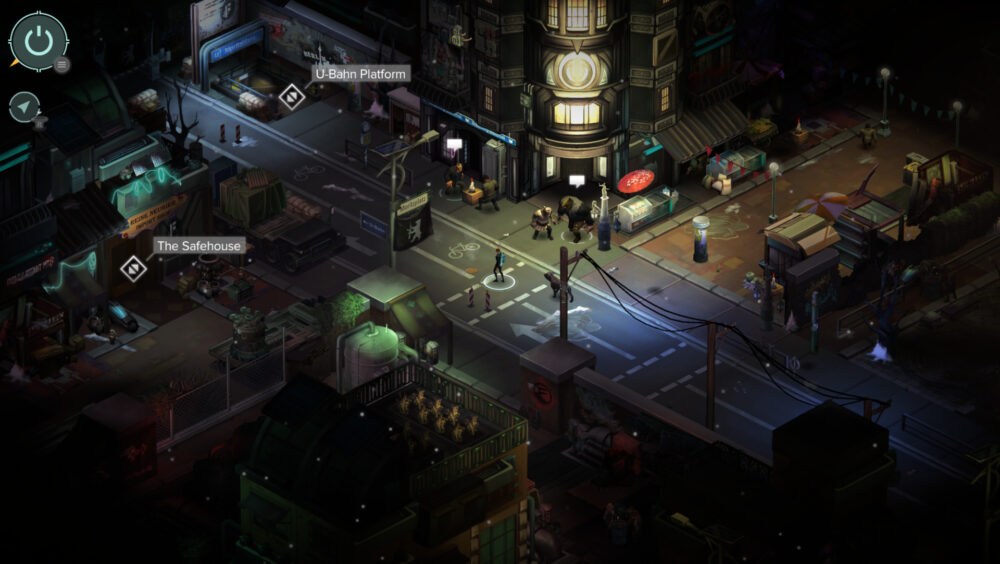
Shadowrun Hong Kong – Extended Edition is the most narratively ambitious of the three, with stylish comic-style cutscenes and even limited voice-acting – rather than talking heads and verbose writing. In a change of pace, your protagonist – returning to Hong Kong to assist their old mentor and father figure – is no Shadowrunner. However, they soon find themselves drawn into that world after coming up against corrupt cops, greedy corporations, failed experiments, and an astral spirit. For the first time, the endings are more varied and dependent on your actions in multiple missions leading up to the finale. The mini-campaign, “Shadows of Hong Kong” picks up several weeks later and focuses on different corporations all fighting to control the Hong Kong Police Force.
Role-playing in top gear
Developed in brisk succession over 3-years, it’s easy to discuss the gameplay without breaking it down, game by game. They share identical foundations, albeit with some minor gameplay tweaks and improved encounter balance in the sequels. They’re all fast-paced experiences that offer the complexity of a traditional big-budget RPG but ditch the often lethargic pacing and reliance on grinding to improve characters. With five races, six classes, six attributes, and dozens of skills, your initial build and upgrade path has a big impact on how you tackle both combat and non-combat sequences. Street samurais are blade and firearm wielding muscle; mages can specialise in offence or support magics; shamans are charismatic manipulators that can also summon spirits to fight for them; while deckers are tech specialists able to enter the “matrix”, hack devices, disable security, and steal valuable data.
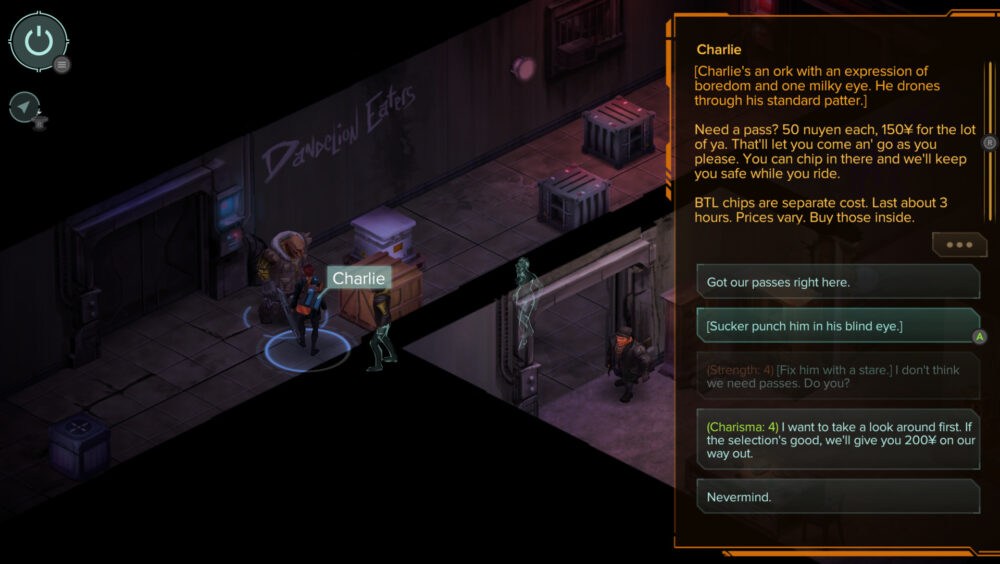
Thankfully, no matter how you build your character, you’ll frequently team up with allies as the narrative dictates and you’ll hire Shadowrunners, both of which expand your available skill pool available on missions. It’s worthwhile picking a good balance of skills as while a combat-heavy approach is viable, you can simplify or completely bypass many encounters with the right dialogue or tech-based skills. Given the mostly linear structure of each game – with only a handful of truly optional missions per game – you’re always earning Karma points for upgrading skills and money for upgrading gear (both during and between missions). The Shadowrun Trilogy games never waste your time and ensure you experience the impact of new skills and gear in each successive mission.
When investigating or interacting with the environment, engaging in dialogue, or solving point-and-click-inspired puzzles – with no pixel-hunting required – you explore in real-time with menu-driven gameplay that clearly indicates attribute- or skill-checks likely to give you a better outcome. When combat starts, or when a decker enters the matrix, the game shifts into a traditional turn-based mode. You’ve got action points and ability cooldowns to consider, but the most important element is often carefully positioning to make use of cover and flank enemies for bonus damage. As with other gameplay elements, the experience is also streamlined and easily understandable. Unfortunately, entering the matrix – think of a computer network given physical form – uses the same turn-based mechanics but feels considerably slower-paced as you rarely have more than one decker. Shadowrun Hong Kong – Extended Edition adds a real-time stealth element and basic memory puzzles to spice things up, but this just shifts these decker sequences from tedious to frustrating (though thumbstick control makes the stealth part easier).
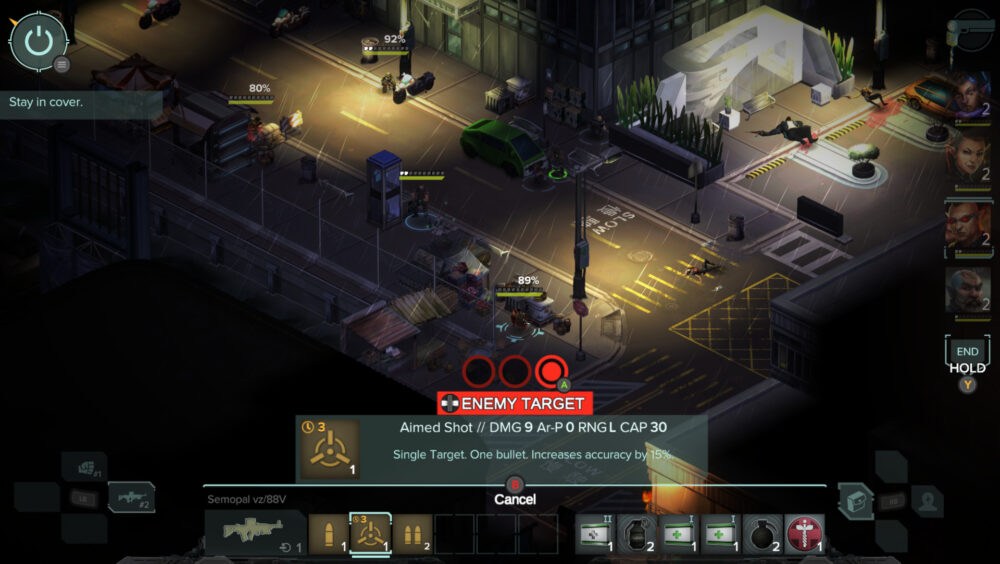
How does it handle on consoles?
Thanks to the streamlined gameplay and turn-based combat, the Shadowrun Trilogy is a good fit for consoles. Traversing environments, navigating menus, and grid-based cursor movement during combat feels smooth and precise enough on a gamepad that you won’t make mistakes. There aren’t a lot of shortcuts per se, but all your important skills and inventory items are in a single shortcut bar that you can switch to and cycle through with ease. Now the Shadowrun Trilogy was never the most visually demanding game, with isometric environments built using an asset library, so it runs perfectly on the current-gen consoles – even at 4K/60 – with brief loading screens over before you read the mission updates and flavour text. Although the overall selection of songs is limited, special mention must be given to the excellent soundtrack that complements the relatively simple visuals and goes a long way towards generating atmosphere.
Of course, nothing is perfect and there are two recurrent issues. The first is how easy it is to get snagged on edges in some of the cluttered isometric environments – a common issue in any port that converts mouse-driven movement with pathfinding to direct thumbstick control. Another issue, and one that could be fixed in a patch, is unresponsive inputs when interacting with some environments. It’s far from a game-breaking issue, but you’ll sometimes have to wriggle your character around or repeatedly jam the interaction button to open a door, pick up an item, or investigate a clue.
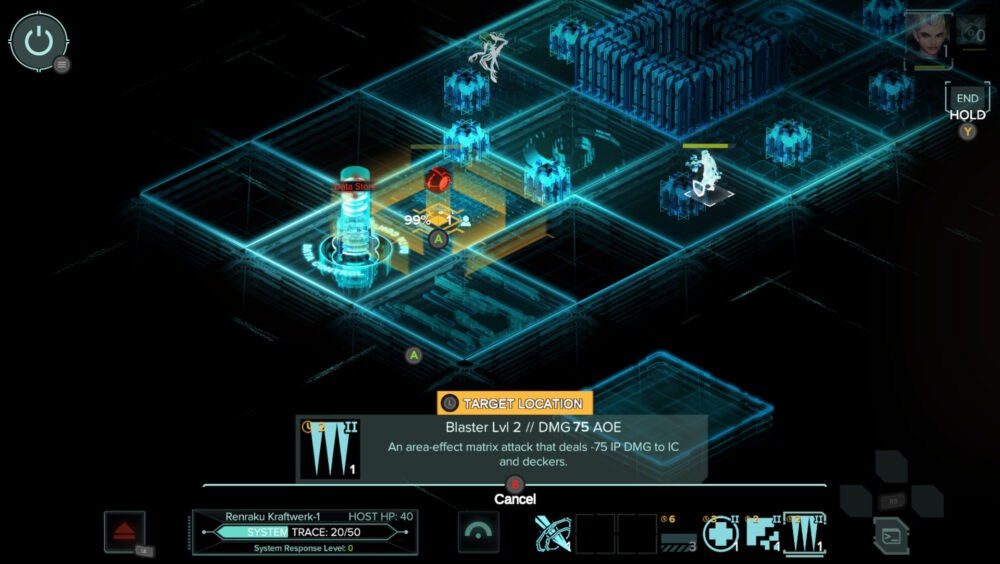
Welcome to the Sixth World
Despite a few gamepad-related quirks, the Shadowrun Trilogy is an impressive (and impressively priced) package of three compact but mechanically engaging RPGs for console players. They’re streamlined and mostly linear experiences – you can complete Returns in about 10 hours, Dragonfall and Hong Kong in 20 hours a piece – but there’s plenty of replay value in the myriad of classes, abilities, and quest solutions on offer. If you’re part of the silent majority who looks at bullet points for 50, 100, or sometimes 150+ hours of content and thinks, “who the **** has that much time to spend on one game”, the Shadowrun Trilogy is for you.
Publisher: Paradox Interactive
Platforms: Nintendo Switch, Xbox One, PlayStation 4, PlayStation 5, MORE
Developers: Harebrained Schemes, Codeglue
Enjoy the review? want to read more of our reviews? then click right here to be whisked away to the realm of our opinions.

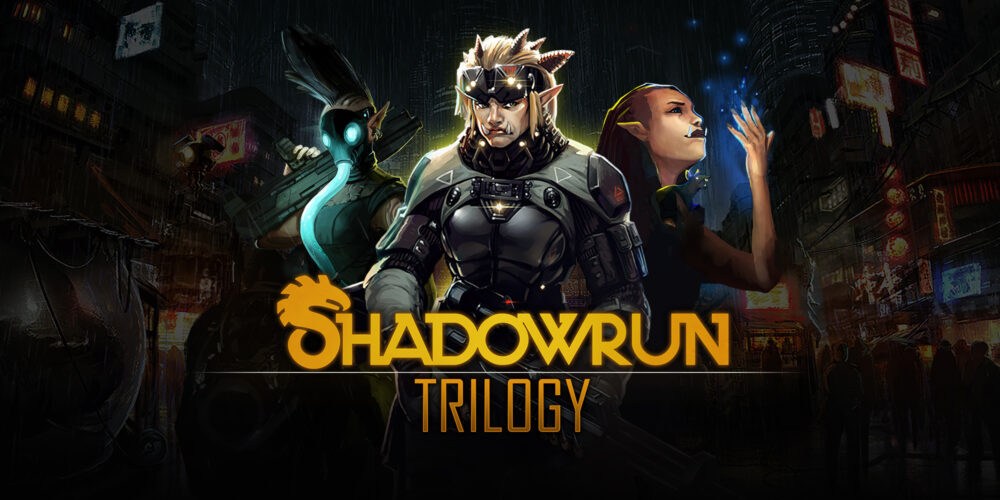






You must be logged in to post a comment.